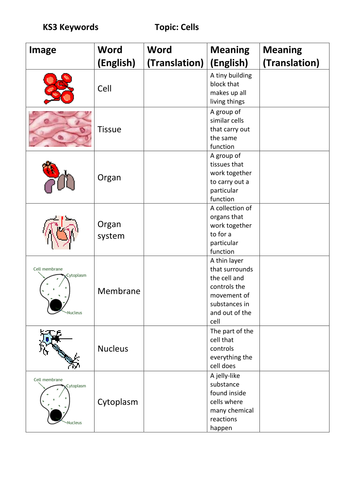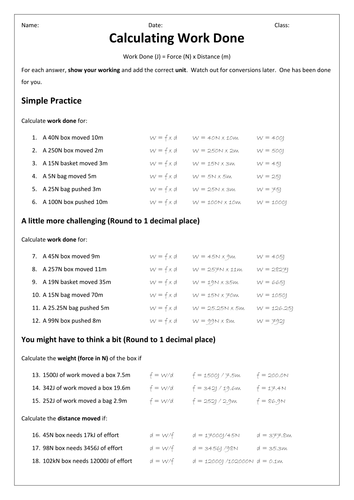The Science Emporium
No time to spare? Martin Blake supplies reasonably priced resources designed for science and supply teachers in the UK. Each lesson comes with everything you need to deliver, except, of course, you. I teach the lessons I write, so follow me for regular updates to my catalogue.







